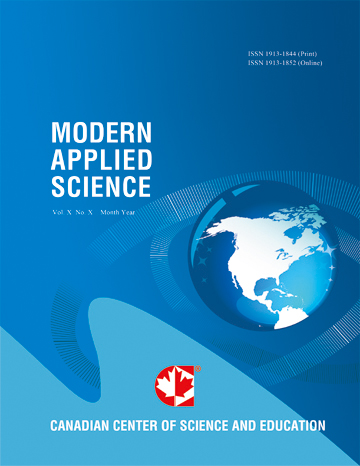Design, Experimental Evaluation, Thermal Efficiency and Economic Performance of Kapenta Fish Greenhouse Solar Dryer
- Rhoda Aduke Ngira
- Isaac N. Simate
Abstract
A natural convection greenhouse solar dryer for Kapenta fish was designed and evaluated for its effectiveness in drying performance, thermal efficiency, specific energy consumption, and economic viability in terms of net present value and payback period. The system featured a 1.0 m × 0.9 m drying tray and a 1.5 m² greenhouse floor area, with 40% of the surface exposed for additional solar heating. Constructed from LDPE film, timber, HDPE components, rocks, mosquito netting, and a zipper, the dryer was optimized for efficient airflow, heat retention, and user convenience. Natural convection facilitated continuous airflow, as heated air exited through a top outlet while cooler ambient air entered from the bottom. Internal temperatures ranged from 49 °C to 60 °C, sustained by heat-retaining rocks that extended drying beyond peak sunlight hours. During testing, a 3 kg batch of fish with an initial moisture content of 76.7% was dried to 2.1% (wet basis) within 4.5 hours, compared to 14.3% moisture under open sun drying. The system achieved a thermal efficiency of 22.3% and a specific energy consumption of 2.81 kWh/kg, with an average airflow rate of 0.021 kg/s. Even under moderate solar radiation (773.9 W/m²) and ambient temperatures (19.1 °C), the dryer performed effectively, allowing up to two drying cycles per day. With a payback period of only 1.2 years and nearly nine years of debt-free operation, the system offers a sustainable, low-cost, and practical solution for Kapenta fish preservation in solar-rich regions with limited low-temperature infrastructure.
- Full Text:
 PDF
PDF
- DOI:10.5539/mas.v19n2p84
Journal Metrics
(The data was calculated based on Google Scholar Citations)
Index
- Aerospace Database
- American International Standards Institute (AISI)
- BASE (Bielefeld Academic Search Engine)
- CAB Abstracts
- CiteFactor
- CNKI Scholar
- Elektronische Zeitschriftenbibliothek (EZB)
- Excellence in Research for Australia (ERA)
- JournalGuide
- JournalSeek
- LOCKSS
- MIAR
- NewJour
- Norwegian Centre for Research Data (NSD)
- Open J-Gate
- Polska Bibliografia Naukowa
- ResearchGate
- SHERPA/RoMEO
- Standard Periodical Directory
- Ulrich's
- Universe Digital Library
- WorldCat
- ZbMATH
Contact
- Sunny LeeEditorial Assistant
- mas@ccsenet.org
